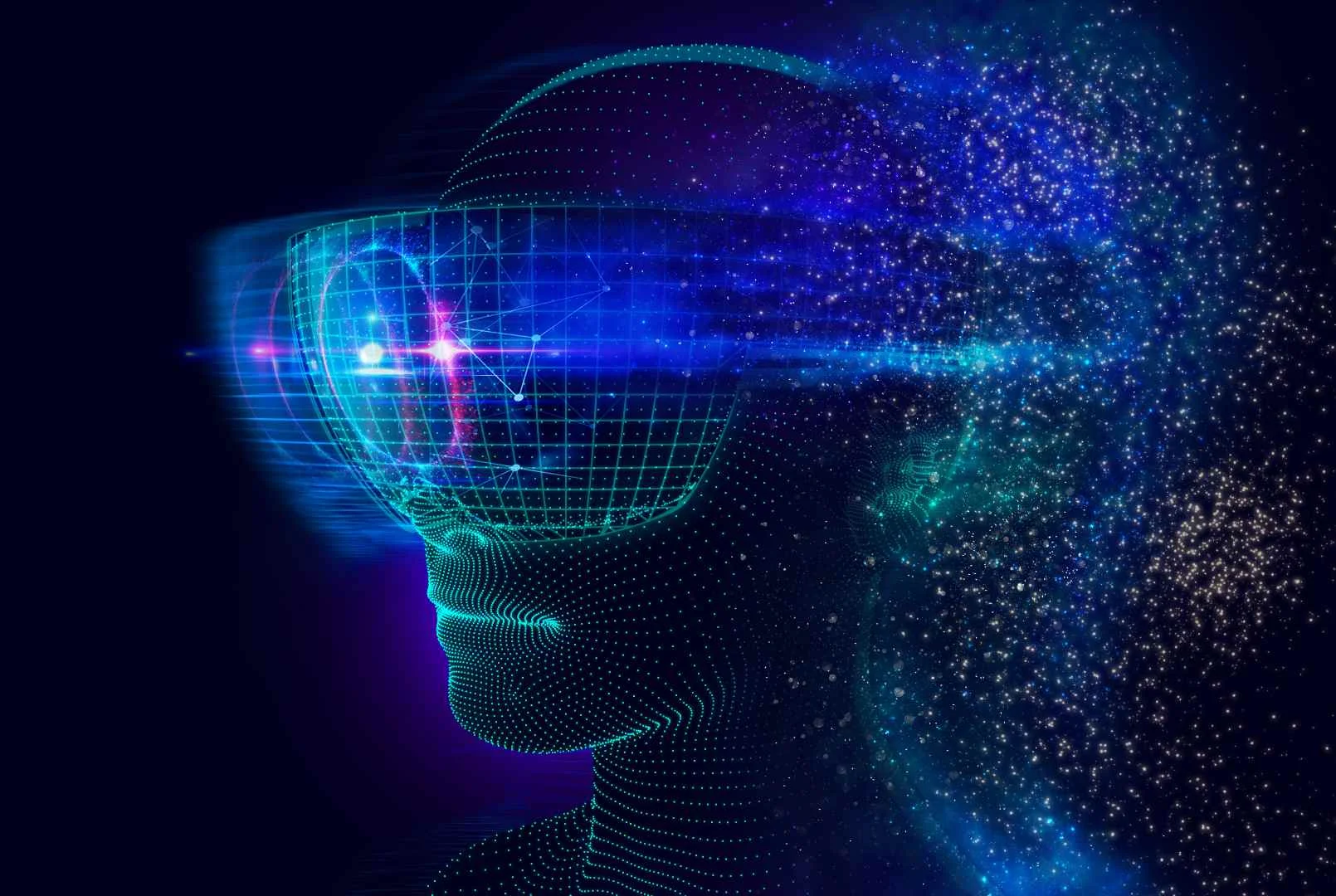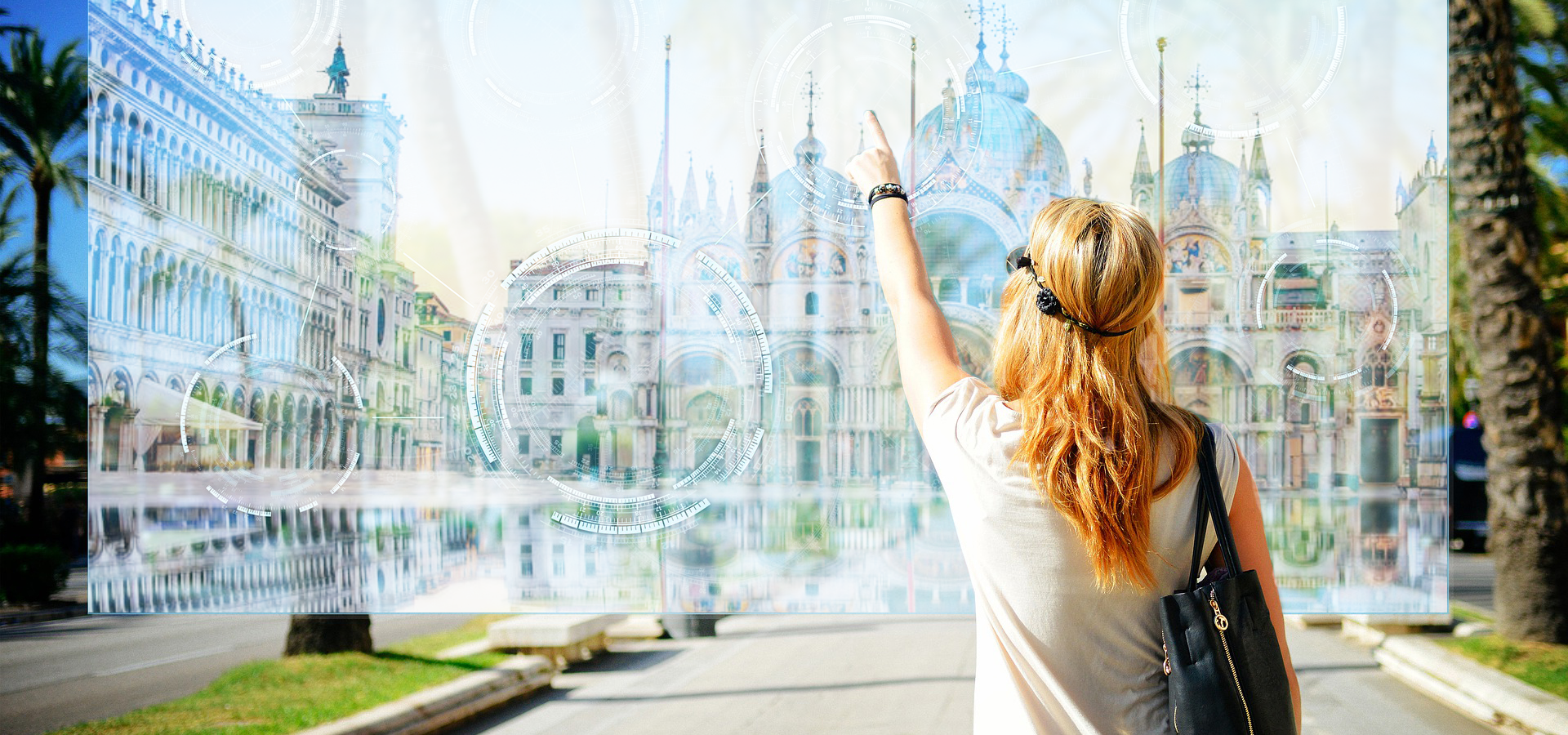 Return
Return
Uses of Artificial Intelligence in advertising: creative revolution and real-life examples

Artificial intelligence (AI) is completely transforming the advertising industry, allowing brands and agencies to unlock an unprecedented level of creativity and precision. The use of AI in advertising is not only optimizing processes, but also revolutionizing the way advertising campaigns are created, implemented and personalized. From text and image generation to real-time message personalization, artificial intelligence is proving to be a key tool for connecting with audiences more effectively and emotionally.
In this article, we will explore the most innovative applications of generative AI in advertising, highlighting real-world examples of campaigns that have marked a before and after. In addition, we will analyze the advantages, challenges and the most important tools that are leading this revolution.
Introduction: AI as a pillar of modern advertising
In the digital age, AI advertising has become one of the most powerful and disruptive strategies for brands across all industries. Thanks to data analytics, automation and content generation capabilities, artificial intelligence allows advertisers to optimize resources, reduce costs and, above all, create advertising campaigns with a much greater impact.
Generative artificial intelligence, in particular, has revolutionized the industry by enabling the creation of innovative ads through advanced tools such as ChatGPT for copywriting, MidJourney or DALL-E for images, and platforms such as Runway for video generation. These solutions not only accelerate the creative process, but also enable customized adaptations that efficiently capture consumer attention.
Brands such as Coca-Cola, Vodafone and Heinz have recently embraced the use of AI in advertising to connect with their audiences through visually impactful and emotionally resonant campaigns. In a world where competition is fierce, AI offers advertisers the advantage of differentiating themselves through advanced technology-driven creative.
What is Generative Artificial Intelligence?
Generative artificial intelligence, also known as GenAI, is a branch of AI that uses machine learning models to create new content from existing data. Create music with AI, generate stunning images, or craft engaging stories—generative AI is transforming creative fields. Unlike other applications of AI, which focus on analyzing or predicting, generative AI focuses on creating text, images, videos, music, and other content autonomously and creatively.
Generative AI tools work from large databases and trained language models, such as GPT (Generative Pre-trained Transformer), Stable Diffusion or GANs (Generative Adversarial Networks) models. These solutions enable advertisers and creatives to produce AI advertising campaigns that stand out for their originality and speed.
Most used tools in advertising
-
ChatGPT, Gemini and Copy.ai: Text generation tools used to develop advertising scripts, persuasive content and personalized messages.
-
MidJourney and DALL-E: Image generation platforms that enable the creation of unique illustrations and visuals for campaigns.
-
Runway and Sora: Video generation tools that facilitate the creation of high quality animated or audiovisual content.
In the context of advertising, these tools are integrated into creative processes to generate tailored content, allowing brands to experiment with new ideas, formats and narratives.
For example, brands such as Heinz have used generative artificial intelligence to create unique visuals of their products, while Lexus launched the first advertising campaign with a script completely written by AI. These cases not only show the creative potential of AI, but also its ability to surprise and excite consumers.
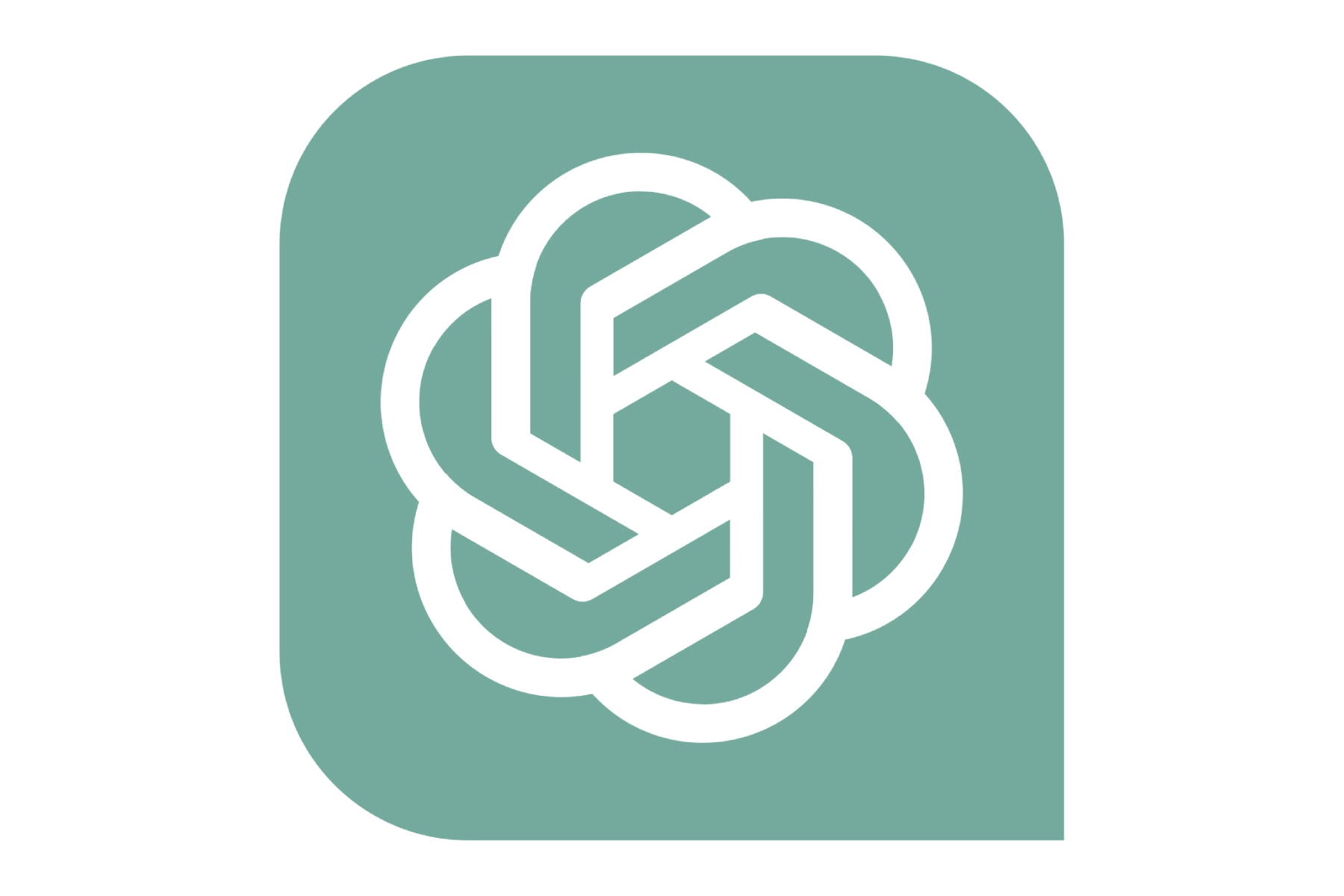


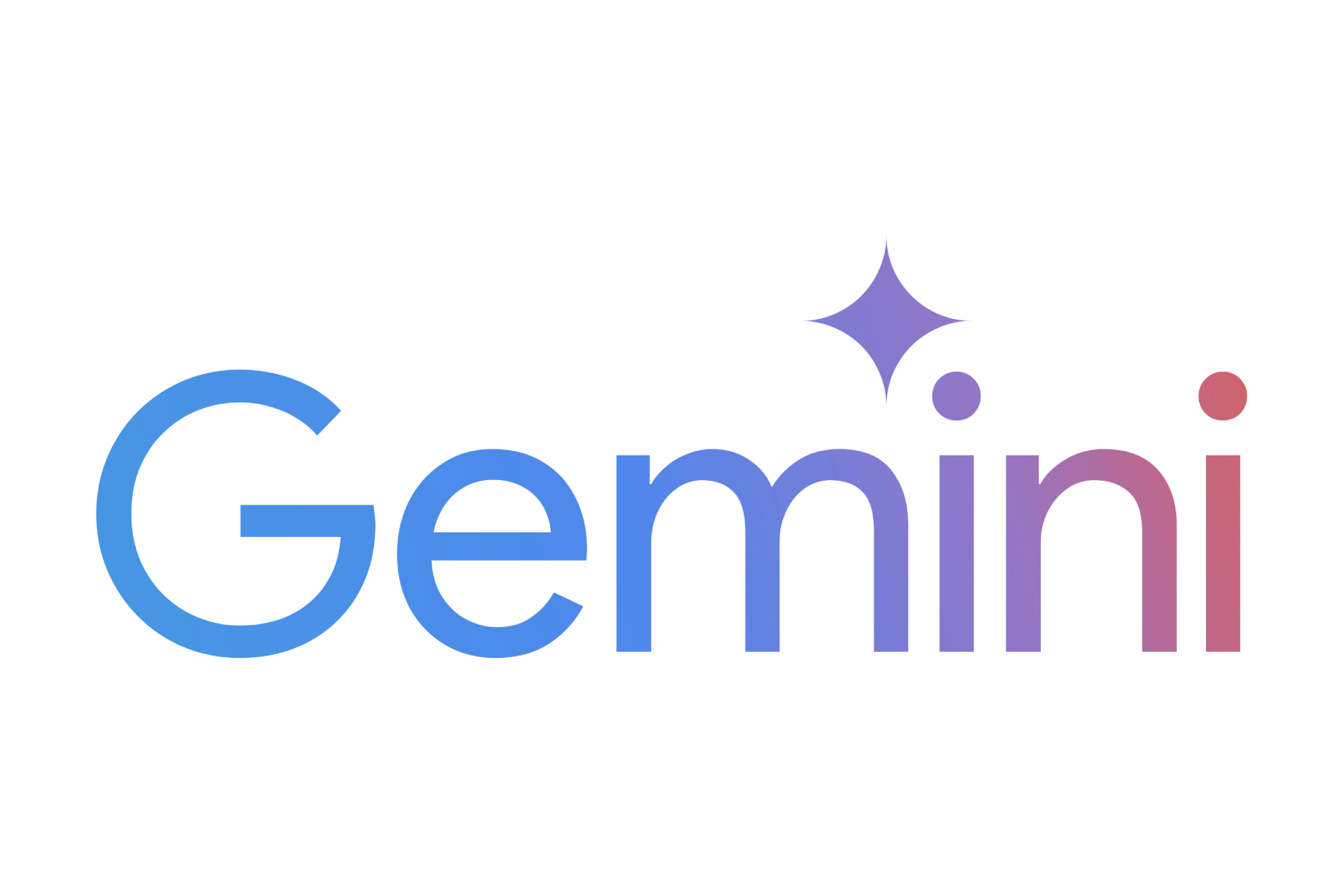

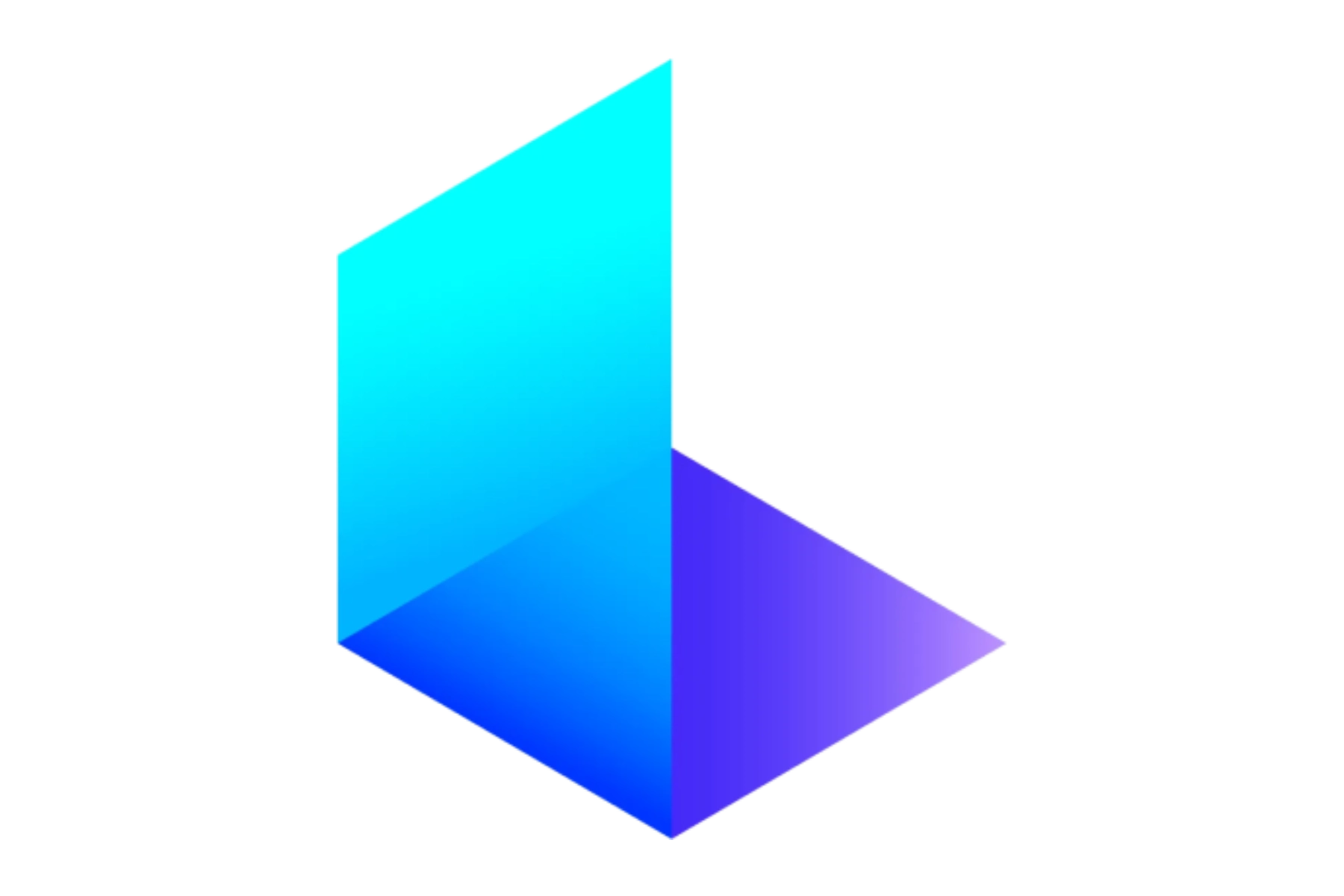
Advantages of using AI in advertising
The implementation of artificial intelligence in advertising campaigns offers multiple benefits that optimize both creative processes and final results. Some of the most relevant advantages are highlighted below:
Large-scale customization
AI advertising enables the analysis of large volumes of data to deliver personalized messages to different audiences. Tools such as machine learning algorithms identify consumer behavior patterns and adapt ads to maximize their relevance. In this way, brands can connect with their target audiences more directly and effectively.
For example, social media platforms use artificial intelligence to display ads segmented according to the interests and needs of each user, thus achieving a higher return on investment (ROI).
Creation of visual and textual content
Generative AI facilitates the creation of innovative advertising content, significantly reducing the time and resources needed to produce text, images and videos. Tools such as DALL-E, MidJourney and Runway make it possible to generate unique creative pieces that stand out in an information-saturated marketplace.
In addition, solutions such as ChatGPT help develop advertising scripts, slogans and persuasive copy that can be adapted to different platforms and formats.
Real-time campaign optimization
One of the biggest advantages of artificial intelligence in advertising is its ability to analyze and optimize campaigns in real time. AI algorithms can monitor ad performance, identify areas for improvement and make automatic adjustments to maximize campaign effectiveness.
For example, Google Ads uses artificial intelligence to adjust bids and display the most relevant ads based on user behavior, improving performance and reducing acquisition costs.
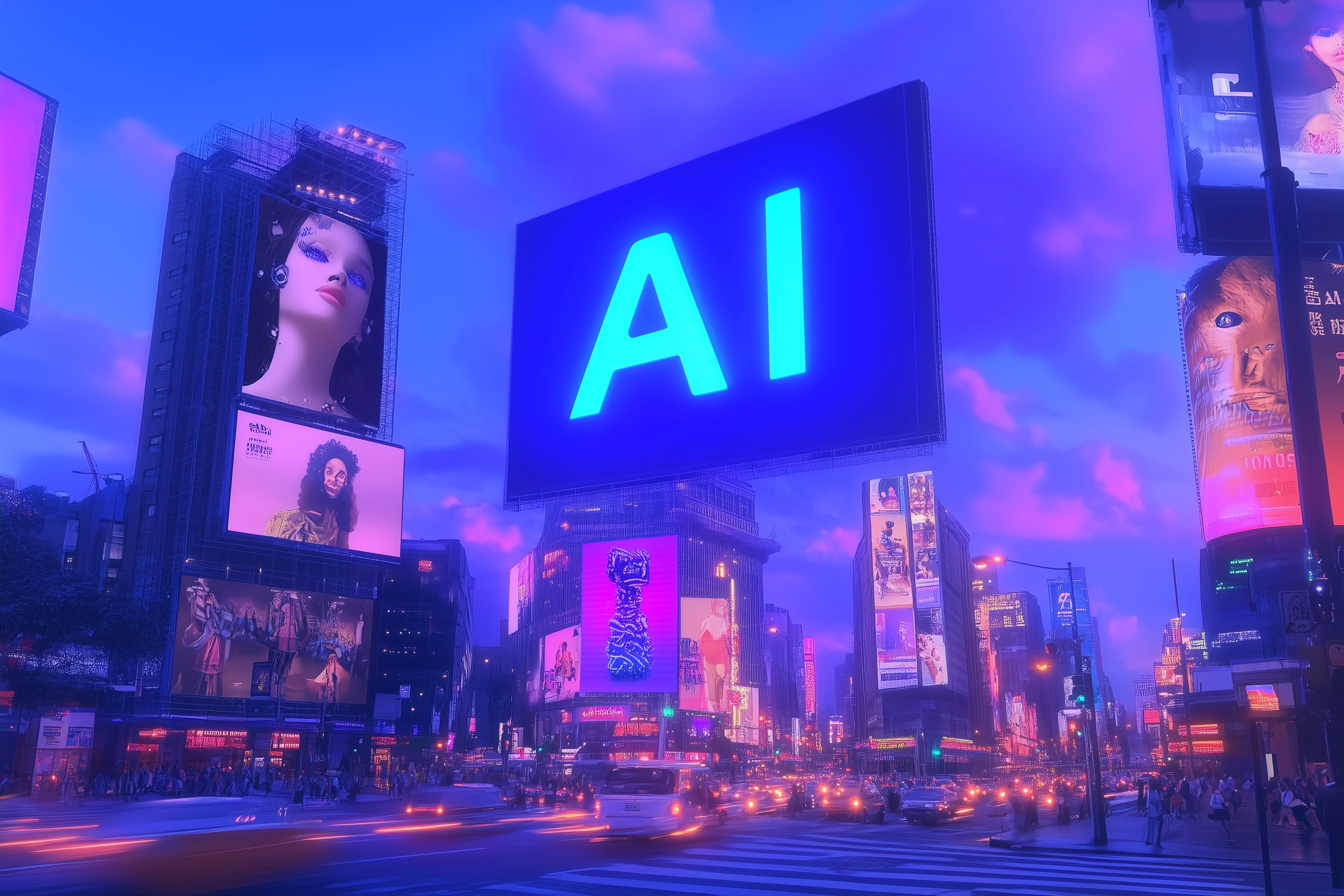
Examples of advertising campaigns with generative AI
Coca-Cola: campaña navideña impulsada por IA generativa
Coca-Cola pioneered the use of generative artificial intelligence tools for its 2024 holiday campaign. Using platforms such as video and image generation, the brand produced creative in the form of spots and content that connected with millions of people around the world.
The result was a visually stunning campaign that combined creativity and technology to convey Coca-Cola's holiday message, making a significant impact on consumer perception.
Vodafone: creation of its Christmas advertisement with AI
Vodafone opted for generative artificial intelligence to develop its Christmas ad, using advanced tools to create visual storytelling and personalized animations. The campaign stood out for its originality and its ability to convey an emotional and close message to its audience.
Great Wines: the AI of “El Circo”.
Heinz: the ketchup of AI
Heinz launched an innovative campaign using generative AI to answer a simple question: How does AI draw ketchup? Using DALL-E, the brand generated hundreds of images of ketchup bottles, demonstrating that artificial intelligence recognizes Heinz as a global benchmark in its category. This campaign was not only creative, but also viral, generating conversation and reinforcing the brand's identity.
Nike: customization of sneakers with AI
Nike has leveraged generative artificial intelligence to offer a unique experience to its customers through sneaker customization. Using advanced image generation and data analysis tools, consumers can design unique models tailored to their tastes and needs. This strategy has strengthened the emotional connection between the brand and its customers.
Honda: can we dream of a better electric vehicle?
The Honda Prologue travels through a series of fantastic worlds highlighting the vehicle's features, all AI-generated. The video combines real footage with AI-generated universes. To achieve this, unique techniques and new workflows were developed that integrate real vehicles with Stable Diffusion-generated imagery.
Cybercom Group: defining IT services with AI
Ready to transform your company's advertising strategy?
Benefits of AI in the advertising industry
Reduction of costs and production times
Artificial intelligence makes it possible to automate creative and technical tasks, reducing the time required to develop advertising campaigns. By reducing manual effort, companies can allocate more resources to strategy and innovation.
Increased creativity and experimentation
AI gives creatives a tool to experiment with new concepts without major investments. From text generation to image and video creation, the possibilities are virtually limitless.
Most used AI tools in advertising today
MidJourney
- Type: Image generation
- Description: MidJourney is an AI-based tool designed to create stunning visual and artistic imagery, ideal for advertising campaigns that seek to differentiate themselves through design. It is known for generating visually complex and detailed results.
- How it works: The user enters a descriptive prompt, and the tool uses advanced algorithms to produce images based on the prompts. It offers refinement options to fine-tune the results.
- Price: From $10/month with basic plans.
- Link: MidJourney
Stable Diffusion
- Type: Image generation
- Description: Stable Diffusion is an open source platform that allows users to create customized images with AI, featuring flexibility and advanced capabilities.
- How it works: Users can run the model locally or through partner platforms to generate creative and customizable images.
- Price: Free, with paid options for cloud servers.
- Link: Stable Diffusion
DALL·E
- Type: Image generation
- Description: Stable Diffusion is an open source platform that allows users to create customized images with AI, featuring flexibility and advanced capabilities.
- How it works: Users can run the model locally or through partner platforms to generate creative and customizable images.
- Price: Free, with paid options for cloud servers.
- Link: DALL·E
Recraft.ai
- Type: Image generation
- Description: Recraft.ai is an emerging tool for generating adaptive visual content, with a focus on personalization and branding. It is ideal for brands that need to maintain a consistent visual identity.
- How it works: It allows to create custom graphics with predefined styles and real-time adjustments according to the user's needs.
- Price: From $12/month.
- Link: Recraft.ai
ChatGPT
- Type: Text generation
- Description: ChatGPT is a versatile AI tool that helps generate persuasive text, from advertising scripts to ad copy.
- How it works: Users enter specific prompts, and the AI creates coherent and creative content. Supports multiple iterations to fine-tune results.
- Price: From $20/month with ChatGPT Plus.
- Link: ChatGPT
Copy.ai
- Type: Text generation
- Description: Copy.ai is designed to optimize the creation of advertising copy, helping to write slogans, product descriptions and marketing emails.
- How it works: The platform generates copy tailored to the desired tone and style with quick and editable suggestions.
- Price: Free plans available, premium options from $36/month.
- Link: Copy.ai
Jasper AI
- Type: Text generation
- Description: Jasper stands out as a powerful tool for writing texts in multiple formats, from blogs to landing pages, optimizing the advertising strategy.
- How it works: Generates texts based on specific indications, with a focus on SEO and advertising performance.
- Price: From $49/month.
- Link: Jasper AI
Gemini
- Type: Text generation
- Description: Developed by Google, Gemini combines text generation capabilities with predictive analytics, focusing on high-impact ads.
- How it works: Uses machine learning to generate optimized copy, evaluating potential performance in real time.
- Price: Free plans available, premium options from €22/month.
- Link: Google Gemini
Runway
- Type: Video generation
- Description: Runway is a comprehensive video creation and visual effects tool designed for professionals and beginners alike.
- How it works: Combines templates with AI-powered editing capabilities to produce audiovisual content in minutes.
- Price: Starting at $12/month.
- Link: Runway
Sora
- Type: Video generation
- Description: Sora makes it easy to animate images and create short videos with a focus on customization and ease of use.
- How it works: Converts static images into animations and allows you to integrate text and dynamic effects.
- Price: From $15/month.
- Link: Sora
Pika Labs
- Type: Video generation
- Description: Specializing in video generation for social networks, Pika Labs allows you to create viral content with eye-catching graphics and captivating narratives.
- How it works: Uses AI to generate optimized sequences for TikTok, Instagram Reels and other platforms.
- Price: From $10/month.
- Link: Pika Labs
Luma
- Type: Image generation
- Description: Luma is an advanced tool for creating 3D content and immersive videos, ideal for innovative advertising campaigns.
- How it works: Offers 3D editing, animations and visual effects, all powered by AI.
- Price: From $30/month.
- Link: Luma
The future of advertising with generative AI
Generative AI will continue to evolve, enabling even more personalized and efficient advertising campaigns. In the coming years, we will see its integration with augmented reality and the metaverse, creating immersive advertising experiences.
FAQs - Frequently asked questions about AI in advertising
What is generative AI and how is it applied in advertising?
What are the most popular campaigns using AI?
Will AI replace advertising creatives?
Which AI tools are best for advertising campaigns?
What challenges does the use of AI in the advertising industry bring?
Is AI replacing human creativity in advertising?
SIMILAR CONTENT
